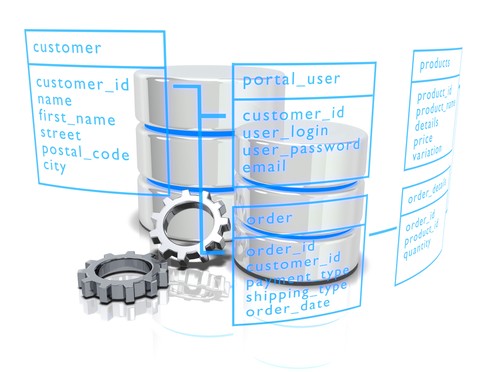Avoiding The Pitfalls
In today’s market place companies are compelled to lower costs and increase revenue. There are many ways to do this implementing ‘EDI’, electronic data interchange is one such avenue.
What is EDI for Oracle:
EDI for Oracle is the process of sending documents between you and your trading partners electronically. This electronic data interchange is a standardized format that companies use to communicate orders they want filled, invoices to be paid, shipments to be received and many other transactional type data.
When Should I begin the architecture phase of implementing EDI, What is Best Practice:
There is no right or wrong time to implement EDI, however there are several considerations to keep in mind. If you are implementing Oracle EBS, E-Business Suite, the earlier you start gathering your EDI requirements the more successful your implementation will be. EDI is a very ‘all encompassing’ process that touches all modules of Oracle including but not limited to: Order Management, Accounts Payable, Accounts Receivable, WMS System, Procurement and Financials. When Focused E-Commerce begins working on an EDI project they understand that reviewing the client’s customers specifications can save time and money. This process also leads to efficiencies in not having to do rewrite code. I will address several EDI transaction sets and address specific challenges to each document and how to ensure a successful and timely implementation using best practices. Two important things to remember to do while implementing these transaction sets is to always ensure that the TEST/DEV instance is in-synch and to always have a gap analysis for each transaction set. It is critically important that everyone is in agreement of what data will be consumed by Oracle and what Oracle produced data will be used for all trading partner outbound transactions.
Implementing the Oracle EDI Purchase Order:
- When you begin working with your EDI Purchase Order, there are many questions that need to be asked and answered. Often times you will have to implement new internal business processes.
- Will your trading partner send you orders that have different order types such as; original, stand alone, replacement, drop ship, blanket and release to name a few.
- Will you receive orders that are to ship to a DC and marked for individual stores, if so how will you have Oracle handle this? Will you create individual sales orders for each store?
- Will you ship direct to both stores and distribution centers?
- Can your trading partner send you orders called ‘pre-packs’ or ‘musical size runs’? These types of orders want you to ship an assortment of items in each carton or pallet.
- How will you handle different unit of measures?
- How will you address discounts on line items?
- What part number will be used in processing each line item?
- Will you need to use pass thru fields or flex fields to pass data thru to outbound documents?
- What is the process for handling notes on orders?
- Will your trading partner send duplicate purchase order numbers?
Implementing the Oracle EDI Invoice:
- The Oracle EDI Invoice usually seems pretty straight forward to the novice EDI partner but Focused E-Commerce has had to address several challenges for companies that implemented this transactions set. The potential issues that will need to be addressed are as follows:
- Will you create one invoice per purchase order?
- Will you create one invoice per store location(mark for), what does your customer require?
- How will you roll up lines if the same UPC number comes out for all stores when you send one invoice per purchase order?
- How will you handle discounts on line items?
- Need to address freight charges
- Need to gather information from warehouse/shipping department such as: bill of lading number, tracking number, weight, number of cartons, carrier information, scac code
- How to invoice on partial shipments or shipments sent on multiple bills of lading
- Put controls in invoice map to ensure that all line items sum to equal the total invoice amount.
Check out my next blog article entitled ‘AVOIDING CHARGEBACKS IN THE EDI ADVANCE SHIP NOTICE USING THESE BEST PRACTICES’. This blog will address the inbound purchase order, outbound invoice, outbound advance ship notice and outbound purchase order acknowledgment. This will address specific issues with the above transaction sets.





